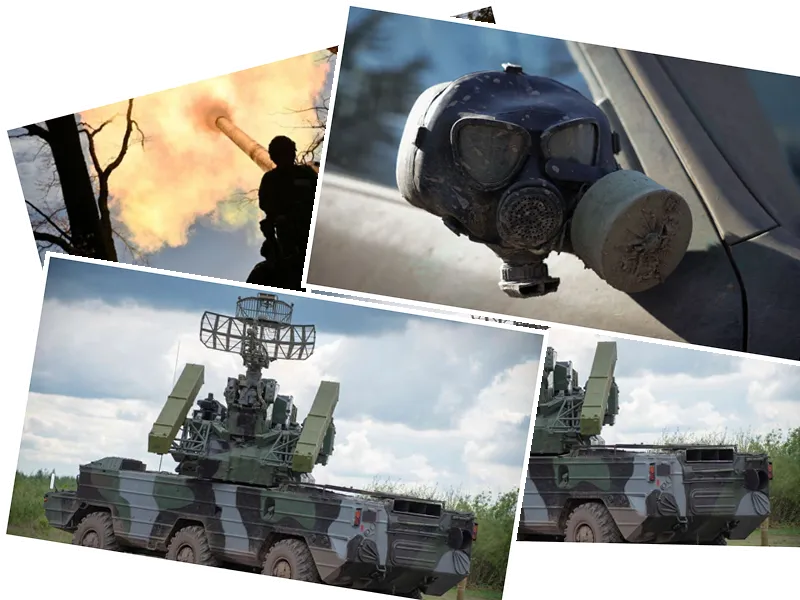U.S. Military Support for Ukraine: A Comprehensive Overview
As the war in Ukraine continues, the U.S. military has identified critical weapons systems that could bolster Ukraine's defense against Russian aggression. According to a classified report presented to Congress by Gen. Chris Cavoli, the Joint Air-to-Surface Standoff Missile and the Link 16 secure communications network are among the systems that could enhance Ukraine's capabilities. Despite Ukraine's repeated requests for these advanced technologies, concerns about sensitive U.S. technology falling into Russian hands have delayed their delivery.
The Biden administration's strategy remains under scrutiny, especially with the upcoming U.S. presidential election. As President Biden and Ukrainian President Zelensky discuss military aid, Zelensky's push for long-range missile systems to target Russian assets highlights the urgency of Ukraine's requests. However, Biden's reluctance to fully commit to these demands raises questions about the future of U.S. support for Ukraine.
Ukraine's Military Gains: A Look at Recent Successes
In a significant operational success, Ukrainian forces have destroyed a Russian Osa anti-aircraft missile system, valued at $10 million, using an inexpensive FPV drone. This attack underscores Ukraine's strategy of targeting critical military assets to weaken Russian capabilities. The Ukrainian military regularly reports on Russian losses, which include thousands of tanks, artillery systems, and drones, showcasing the ongoing toll of the conflict on both sides.
Despite the challenges, Ukraine continues to adapt its tactics and leverage technology effectively, achieving notable victories against Russian forces. The destruction of the Osa system demonstrates Ukraine's commitment to maintaining pressure on Russian military operations, even as the war enters its third year.
Economic Implications of the Ongoing Conflict
As the war drags on, economic implications for both Russia and Ukraine are becoming increasingly pronounced. President Putin's plans for escalating military spending in 2025, which could constitute 40% of the government's budget, may strain Russia's economy further. Analysts warn that such spending will likely lead to cuts in social programs and exacerbate inflation, which has already reached significant levels.
On the other hand, Ukraine's military strategies are supported by international aid, but the sustainability of this support is uncertain as political dynamics shift, particularly with the U.S. elections approaching. The ongoing conflict not only affects military operations but also shapes the economic landscapes of both nations, raising concerns about long-term stability and recovery post-war.





